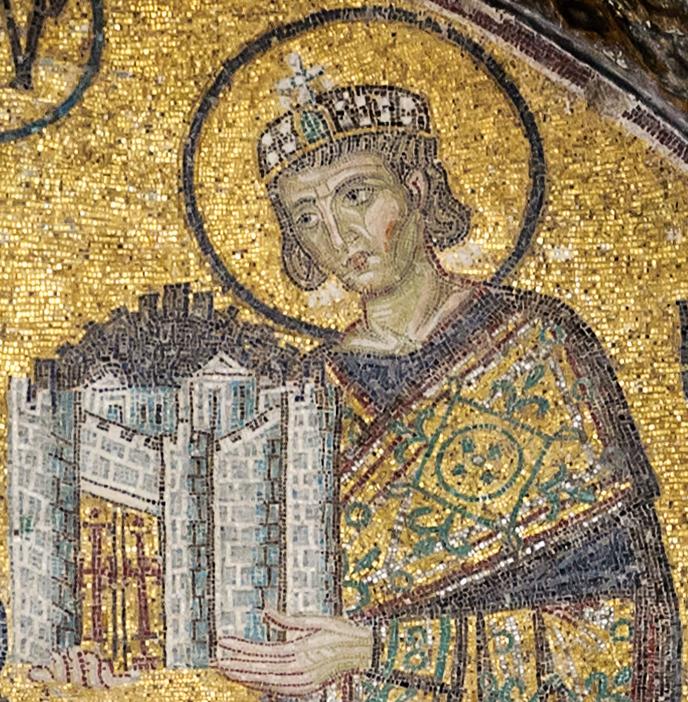Transformation of the Roman World
This paper traces the history of the Mediterranean and Near East from the accession of Diocletian in 284 to the dissolution of the Roman Empire as a unified political structure in the late fifth and early sixth centuries. Three themes will stand in the centre of our attention.
First, we will explore the structure of the Roman state at the height of its power. In the period from the late third century onwards, the imperial administration became more present in the lives of its subjects than ever before. We will look at the shape of the ideologies on which emperors drew to justify the formation of a more energetic state apparatus.
We will trace the relationship between landowning élites, peasants and slaves in this newly strengthened empire.
And we will map the ways in which the introduction of a new taxation system recalibrated the relationship between urban and rural economies.

Image: Detail from Southwestern entrance mosaic of the former basilica Hagia Sophia of Constantinople (Istanbul, Turkey).
This material is intended for current students but will be interesting to prospective students. It is indicative only.
